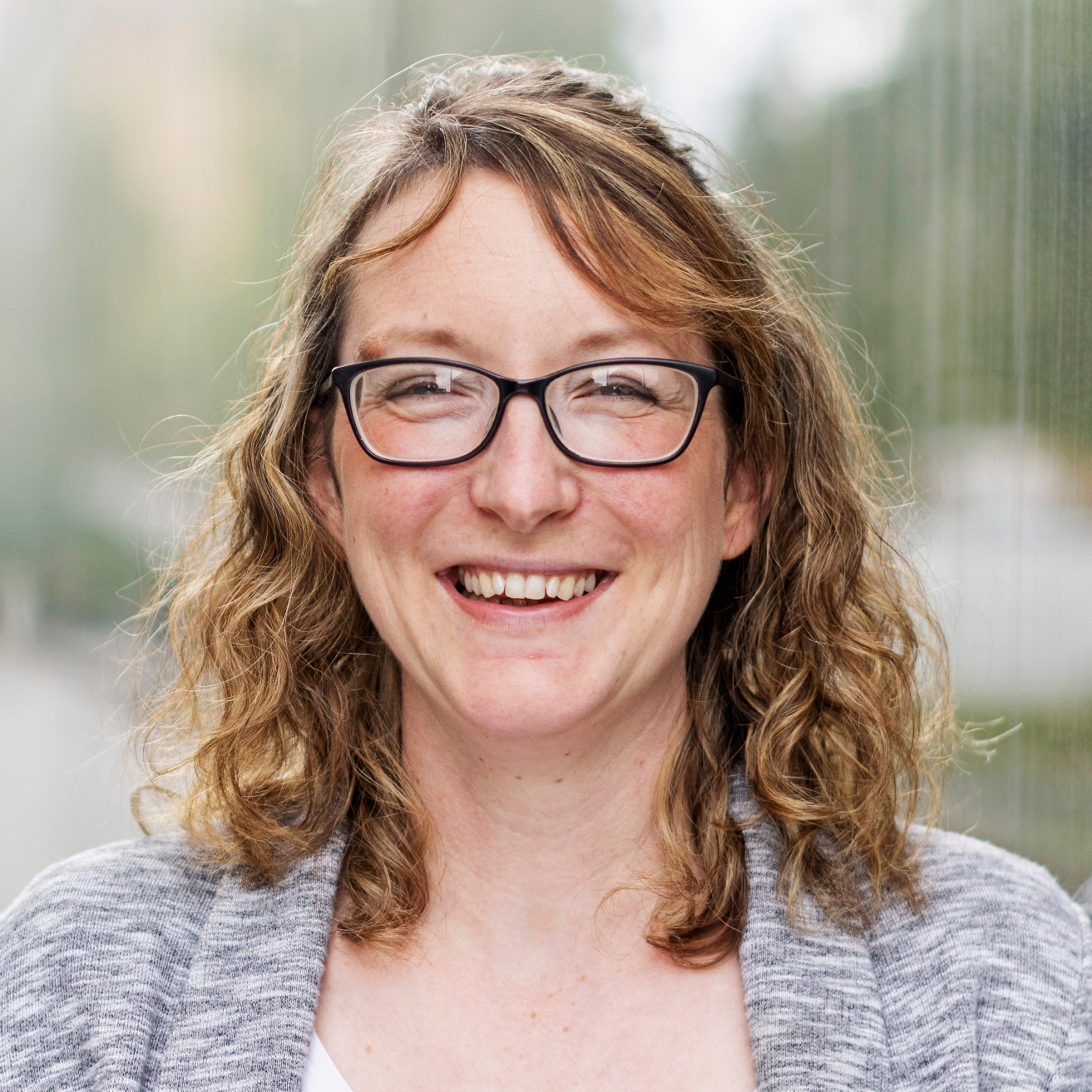Peer-Led Team Learning as a Strategic Intervention for Student Success at Queen Mary

Peer-Led Team Learning is a structured educational model that promotes active, collaborative learning through small-group problem solving.
About Peer-Led Team Learning
Peer-Led Team Learning (PLTL) is a structured educational model that promotes active, collaborative learning through small-group problem solving. Developed in the US, PLTL is underpinned by constructivist learning theory (Vygotsky, 1978) and social interdependence theory (Johnson & Johnson, 1989), where peer interaction supports cognitive development. In PLTL, trained peer leaders facilitate sessions, fostering a zone of proximal development (ZPD) that enhances conceptual understanding. Research demonstrates that PLTL improves student performance, engagement, and retention, especially among underrepresented groups (Gosser et al., 2001; Snyder et al., 2016).
In PLTL, students work together in small groups on a regular basis to actively engage with course material, solve problems and reinforce their understanding of the subject matter. A key feature of PLTL is the involvement of peer leaders; students who have successfully completed the module who facilitate group discussions. The overarching goal of PLTL is to create a student-centered learning environment that encourages critical thinking, problem-solving and a deeper understanding of the curriculum.
There are six critical components of PLTL that help to distinguish it from other forms of peer learning (Gosser et al., 2001; Gafney et al., 2008):
- The PLTL workshops are integral to the course
- Academic staff are closely involved in the selection of material, training and supervision of peer leaders and review the progress of workshops
- Peer leaders are selected, trained and supervised to be skilled in group work as facilitators
- Workshop materials are appropriately challenging and promote collaboration (no model answers)
- Workshops are held regularly and in spaces suitable for small-group activities
- The PLTL program is supported at a departmental and insitutional level with funds, course status and other support to allow for opportunities to be adopted across courses/programmes
In the US, PLTL has already proven effective in increasing student engagement with the module as well as the overall programme, has reduced the attainment gap between BAME and White students and has significantly reduced the number of students who are not eligible to progress. (Tien et al., 2002; Snyder et al., 2016; Gosser et al., 1998; Wilson et al., 2016). These areas are of strategic priority to Queen Mary’s 2030 strategy.
Responding to a need
In 2018, a delegation from Queen Mary visited Florida International University (FIU) to see PLTL in action and bring back lessons on implementation. The interest in PLTL stemmed from its success in the US in enhancing student engagement and improving student outcomes. At that time, these were areas that Queen Mary were struggling with, particularly, with non-eligibility to progress (NETP) metrics. With the FIU student profile having several commonalities with Queen Mary, the team sought to gather insights on why PLTL was a success and how the model may be adapted into our educational structure.
While PLTL sits directly under one of the four strategic pillars, if implemented as intended, it has the potential to impact other strategic objectives as a by-product. PLTL both directly and indirectly affects multiple KPIs at the same time:
- KPI 1: Greater student satisfaction
- KPI 4: Reduce student attainment gap
- KPI 7: Improved progression
- KPI 8: Improved career outcomes
The Approach
Pilot – 2021/22
The goal of phase one (2021/22) was to identify the challenges of running PLTL workshops on a module-level. The workshop structures and styles of deliveries were varied between three modules to understand what works best for Queen Mary. As space is a big constraint, we also trialled online workshops vs in-person workshops. Three modules ran the pilot and a series of recommendations were made based on these for how the PLTL programme should run.
Recommendations
Workshops are compulsory and must be attended in person. They are assessed and conducted in small groups, with a maximum of 12 students per group. Each group meets at least once every two weeks.
PLTL Expansion 2022/23
The next phase aimed to deliver programme based PLTL with an administrative structure in mind. This is the model that is recommended to be scaled up for business-as-usual. We introduced PLTL at a programme-level strategic intervention in the School of Biological and Behavioural Sciences as a “statistics” intervention. It was introduced in BIO190 and BIO209 in 2022/23. Both are Sem A modules that are overseen by Dr Sally Catherine Faulkner. They are both core modules that develop students’ statistical skills. There is also a new module third year module being introduced which have these modules as prerequisites.
In the programme level pilot, we recommend introducing PLTL in “high-impact” modules in first and second year. These are modules that cover core subject knowledge that students require across as a variety of modules in the programme. This will allow PLTL to sit strategically within the programme structure and have the maximum impact.
PLTL was also introduced into the School of Business and Management as an intervention for students with BTEC qualifications rather than A-levels.
Longitudinal study on Impact
At this time we also began a longitudinal study investigating the impact of PLTL on student’s self-efficacy, sense of belonging and confidence within the landscape of UK higher education. The study used a pre-test post-test design to investigate the impact of PLTL on student sense of belonging, confidence, and self-efficacy. The study was conducted over a period of 12 weeks, during which students participated in a number of PLTL sessions (4-5 sessions per semester per module) led by a peer leader. Data were collected at two time points: before the implementation of PLTL (pre-test) and after 12 weeks of PLTL (post-test). All students enrolled in the modules had to take part in PLTL workshops as a compulsory, assessed component. The participants in this study were UK undergraduate students (FHEQ Level 4 and 5) enrolled in university-level courses that implemented PLTL. This is usually the equivalent of a first- and second-year module respectively. All students in modules that had PLTL workshops were invited to participate in the survey. The survey was sent to 633 students in total, 210 at level 4 and 423 at level 5, 45 of these students were Peer Leaders. Our response rates were 29.9% and 39.3% respectively, with 189 students completing the first survey and 249 the second survey.
Peer Leaders were recruited from level 5 and 6 meaning in some cases students enrolled in PLTL were also acting as Peer Leaders for the year below. All students taking part in the PLTL sessions were invited to participate in the study and participation was voluntary.
Improved PLTL Training
Following the first two years of PLTL we sought to improve and enhance the training for our peer leaders. In 2022/23 over 900 students were enrolled in our PLTL program facilitated by approximately 80 Peer Leaders. Building on this success and inspired by colleagues from the University of Rochester on Peer Leader training materials, we sought to develop our own bespoke training materials for Queen Mary Peer Leaders. Working with our Peer Leaders and the Queen Mary Academy, content was co-created to develop a feedback orientated program for future cohorts. The current cohort of Peer Leaders was surveyed to identify gaps in the previous training program and suggest ideas to be prioritized. The enhanced training program emerged as an immersive online 'course page' comprising of written documents, videos, and interactive activities. This material is consolidated and reinforced through an in-person training day held in late September during “Welcome Week” culminating in a final online assessment. The PLTL team also engaged with the SEED Award process, evidencing institutional impact and enabling wider dissemination.
PLTL Expansion 23/24
PLTL was expanded into a second module in SBM as well as into the biochemistry programme.
In 2023/24, PLTL was delivered in six modules across three Schools, involving over 1,200 students supported by ~100 trained peer leaders.
Publications
Publication: Shahid, R., Jones, C.R., Noikokyris, M., Krummaker, S., Michael, A.E., & Howell, L.A. (2022). Born in the USA – Exploring the PLTL Model in UK Higher Education. Advances in Peer-Led Learning, 2, 4-16. Online at https://doi.org/10.54935/apll2022-01-02-04
Christian, T., Wilton, H., Shahid, R., Faulkner, S., & Howell, L. (2023). Empowering Peer Leaders: Designing dynamic PLTL training in the United Kingdom. Advances in Peer-Led Learning, 3, 56-76. Online at https://doi.org/10.54935/apll2023-01-05-5
I enjoy the PLTLs organized for this module. The smaller groups make me feel confident when answering questions or when asking for help.— Queen Mary student
Impact
PLTL has been implemented in the following Schools:
- SPCS – Chemistry and Pharmaceutical Chemistry degree programmes
- SBBS – Biochemistry, Biology, Zoology, Medical Genetics degree programmes
- SBM – Business
Outcomes
Both male and female students showed similar confidence and belonging gains, though male students reported slightly higher self-efficacy overall.
White students showed greater improvement than BAME students across confidence, self-efficacy, and sense of belonging.
Peer leaders reported strong impact, with confidence scores rising from 54.76% to 100%.
PLTL engagement of over 40% was linked to notably higher assessment averages in several modules.
These findings suggest PLTL supports both academic performance and key affective outcomes across diverse student groups.
70+ PLTL peer-leaders have received a SEED award as part of this initiative
PLTL Advisory Group established
PLTL website developed
Three publications to date including an AdvanceHE Case Study – Student Led Peer Learning and Support
The PLTL sessions have been amazing. So much was covered in the 1.5 hour sessions, it seemed less of an assignment and more of a helping hand… The PLTL sessions improved my confidence and taught me how to revise as well as exposed areas for improvement in my understanding.— Queen Mary student
Recommendations
- Compulsory In-Person Workshops: Embedding PLTL sessions into timetables as non-optional has improved attendance and engagement
- Assessment Integration: Incorporate PLTL as a summative assessment to enhance accountability and participation
- Small Group Format: Limit group size to 12 or fewer to ensure meaningful discussion and peer interaction
- High-Impact Module Targeting: Begin PLTL in foundational Year 1 and 2 modules that underpin progression and are high stakes
- Strategic Alignment: Position PLTL within institutional education strategies and quality enhancement plans
- Training and Co-Creation: Engage peer leaders in co-developing training materials and feedback systems
- Delivery Support: Provide administrative and academic scaffolding for scalability, via the PLTL Advisory Group
- All requests to implement PLTL into a programme must go through PLTL Advisory Group
References
Gafney, L. and Varma-Nelson, P., 2008. Peer-Led Team Learning: Evaluation, Dissemination, and Institutionalization of a College Level Initiative. Springer.
https://link.springer.com/book/10.1007/978-1-4020-6186-8
Gosser, D.K. and Roth, V., 1998. The workshop chemistry project: Peer-led team-learning in large classes. Journal of Chemical Education, 75 (2), pp185-197.
Gosser, D.K., Cracolice, M.S., Kampmeier, J.A., Roth, V., Strozak, V.S., & Varma-Nelson, P. 2001. Peer-Led Team Learning: A Guidebook. Upper Saddle River, NJ: Prentice Hall.
Johnson, D.W. and Johnson, R.T., 1989. Cooperation and Competition: Theory and Research. Edina, MN: Interaction Book Company. https://psycnet.apa.org/record/1989-98552-000
Snyder, J.J., Sloane, J.D., Dunk, R.D.P. and Wiles, J.R., 2016. Peer-Led Team Learning helps minority students succeed. PLOS Biology, 14(3), e1002398.
https://doi.org/10.1371/journal.pbio.1002398
Tien, L.T., Roth, V. and Kampmeier, J.A., 2002. Implementation of a peer-led team learning instructional approach in an undergraduate organic chemistry course. Journal of Research in Science Teaching, 39(7), pp.606–632.
https://doi.org/10.1002/tea.10038
Vygotsky, L.S., 1978. Mind in Society: The Development of Higher Psychological Processes. Cambridge, MA: Harvard University Press.
https://books.google.co.uk/books/about/Mind_in_Society.html?id=RxjjUefze_oC&redir_esc=y
Wilson, E.B., Varma-Nelson, P., 2016. Small Groups, Significant Impact: A Review of Peer-Led Team Learning Research with Implications for STEM Education Researchers and Faculty. Journal of Chemical Education, 93(10), pp.1686-1702
